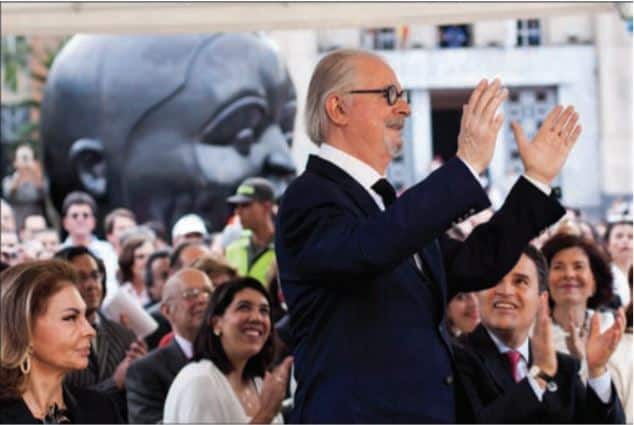
Fernando Botero
Botero was born on April 19, 1932, in Medellín, Colombia; his parents were Mr. David Botero Mejia and Mrs. Flora Angulo Jaramillo. He had two brothers: John David and Rodrigo. At twelve years old, Botero entered the school of bullfighters in his hometown. He gave up the idea of becoming a matador when he faced the first heifers.
From this experience, he developed a great fondness for bullfighting, which he expressed in his series “La Corrida.” The first drawings he made were for the Sunday supplement of the newspaper El Colombiano of Medellín. Then he was inspired by the posters drawn by Ruano Llopis announcing the bullfights in Spain and painted watercolors with bullfighting themes.
“Crucifixion” 2011, Oil On Canvas 81” X 59”
I met Fernando Botero in 1976, on the occasion of the publication of the book Botero, a novel about his life and work, written by the German critic, Klaus Gallwitz, who was the Director of the Museum of Frankfurt. My father published the novel, Raul Aguilar Rodas, in Spanish, and published jointly with Verlag Gerd Hatje from Stuttgart, Germany.
In this book, there is a description that Botero made of himself, in an interview he gave to the journalist Dario Arizmendi Posada in El Colombiano during May of 1976. Thirty-six years have gone by, and this is his testimony:
“For me, painting is a real necessity; something that, if kept inside, will suffocate one – kill one. When I’m working, only the canvas exists, and my only concern is to let my imagination flow naturally and that all the series of images come out.
My works are not caricatures –they are deformation, and that is the art. In my case, it’s my style, dating from the early watercolors and drawings I painted in 1947. Since I began, I felt the desire to find these forms of expression that have become my own language – something subconscious over time. Given the nature and volume of my work, many may think that I am interested in fat, which is absurd. I was always passionate about the fullness of the form, which is different. This explains why some people sometimes react violently at first against my paintings. But when they understand them, when they enter them, they love them. If I do not paint daily, I find the days eternal. For me, it is a matter of joy, pleasure, and infinite happiness. On the other hand, my paintings are born by ideas that go through my mind and translate into quick notes. After these sketches, the biggest concerns arise, along with more complex drawings. If they reach the necessary density with time, they then become oil paintings or drawings: works. I paint the Latin American world in all its fullness – landscapes and people and political situations. Within the awful reality of military dictatorships are incredible artistic possibilities and poetic ones. They also have a satirical dimension although the ridicule is in its reality.”

“Pedro”, 1974, Oil on Canvas 77” X 59”
In 1948, Botero participated in the first Exhibition of Antioquian Painters in Medellín. He settled in Bogota and, in 1951, held his first solo exhibition at the Leo Matiz Gallery. The following year he made a second exhibition in the same gallery and made more significant financial gains from his sales. Months later, he won the Painting National Prize at the IX Salon of Colombian Artists with his painting “Seated Woman.”
In 1948, Botero participated in the first Exhibition of Antioquian Painters in Medellín. He settled in Bogota and, in 1951, held his first solo exhibition at the Leo Matiz Gallery. The following year he made a second exhibition in the same gallery and made more significant financial gains from his sales. Months later, he won the Painting National Prize at the IX Salon of Colombian Artists with his painting “Seated Woman.”
In Florence, he entered the School of Fine Arts to “learn how to paint,” as he expressed it. For two years, he traveled on a Vespa scooter, visiting all the museums in Italy to study the great masters: Raphael, Leonardo, Piero della Francesca. This experience allowed him to learn the different schools, reinforce his knowledge of color, the composition, and the volume that would later characterize his work.
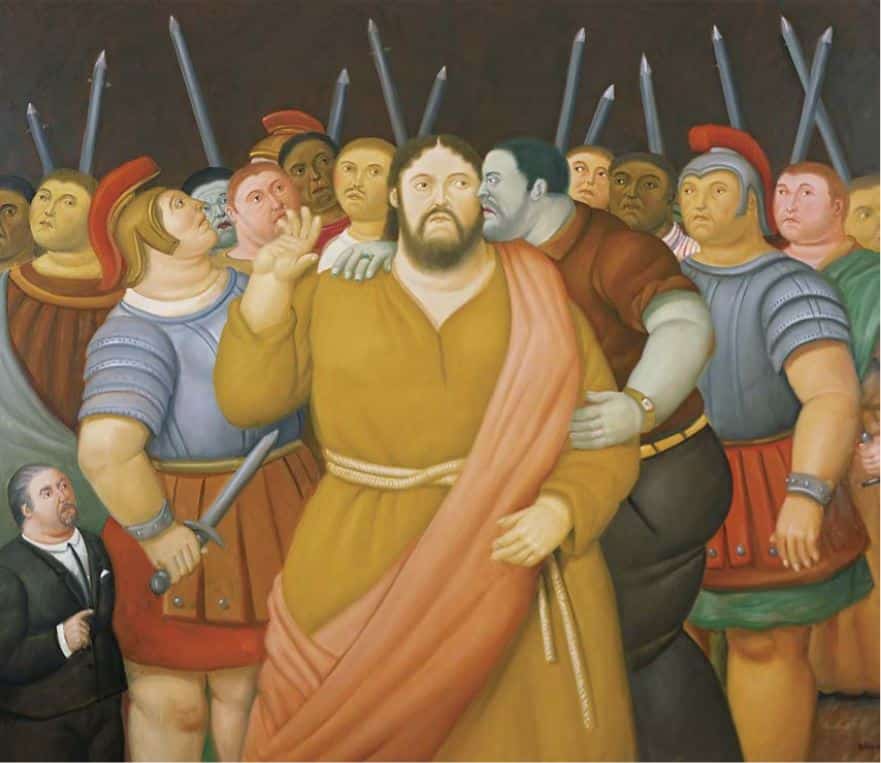
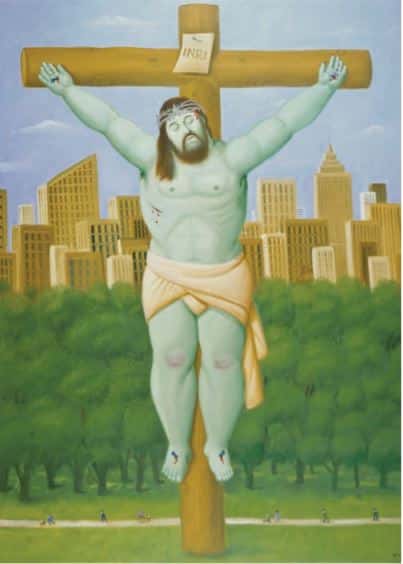
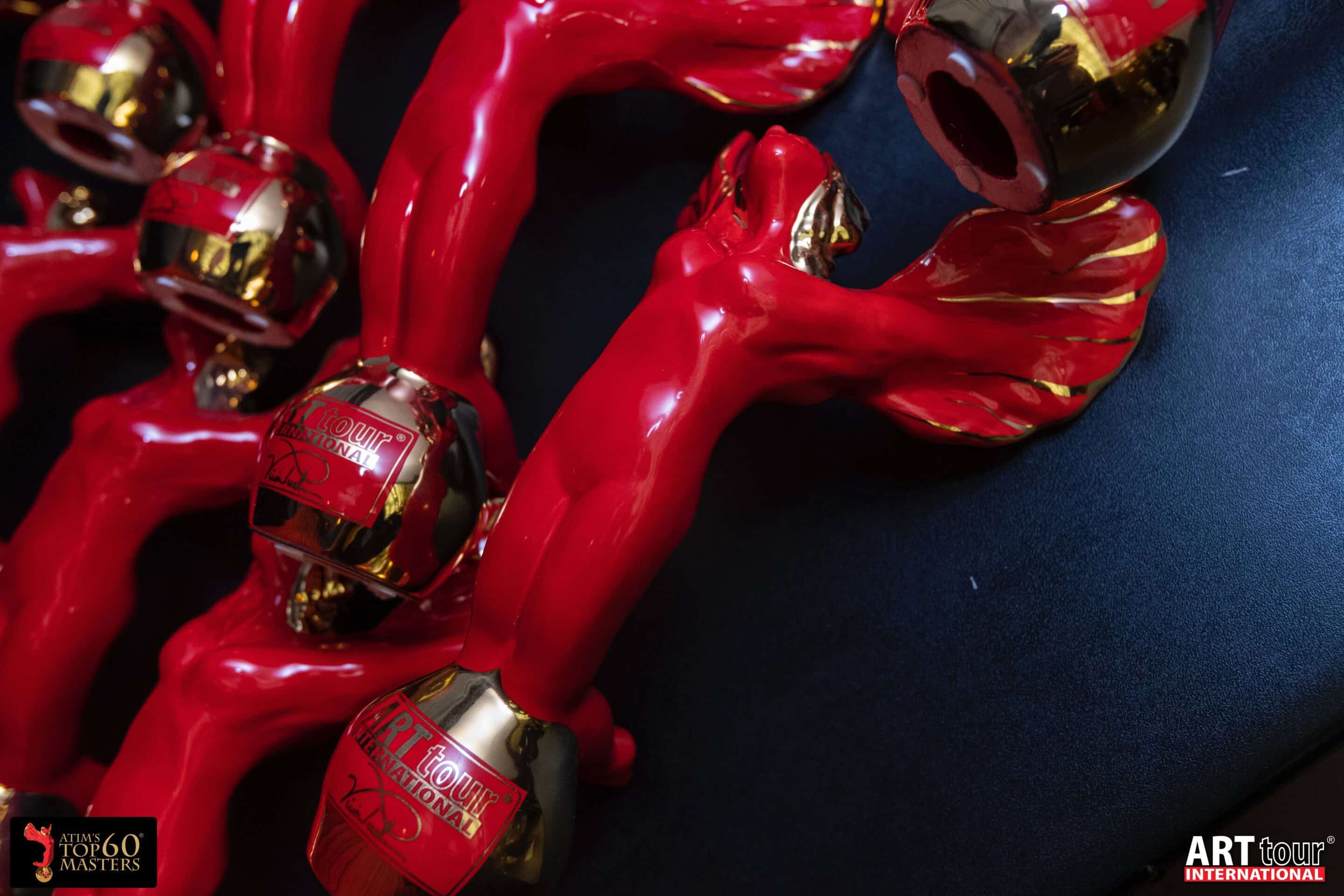


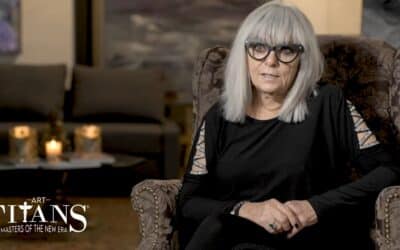
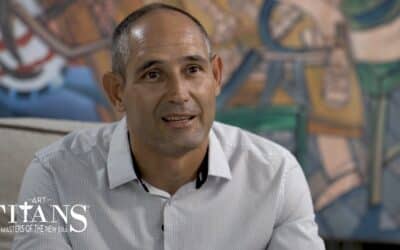

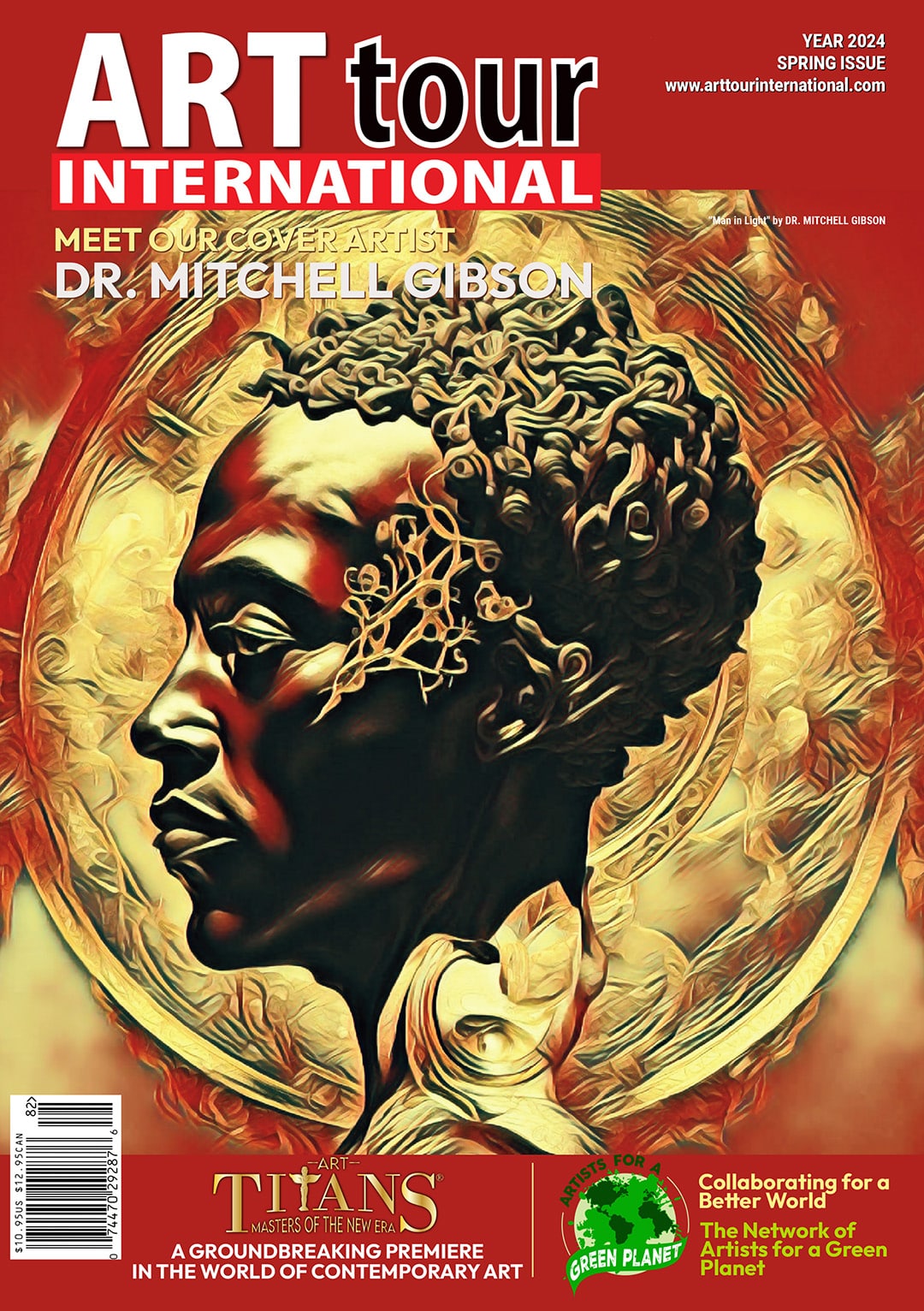
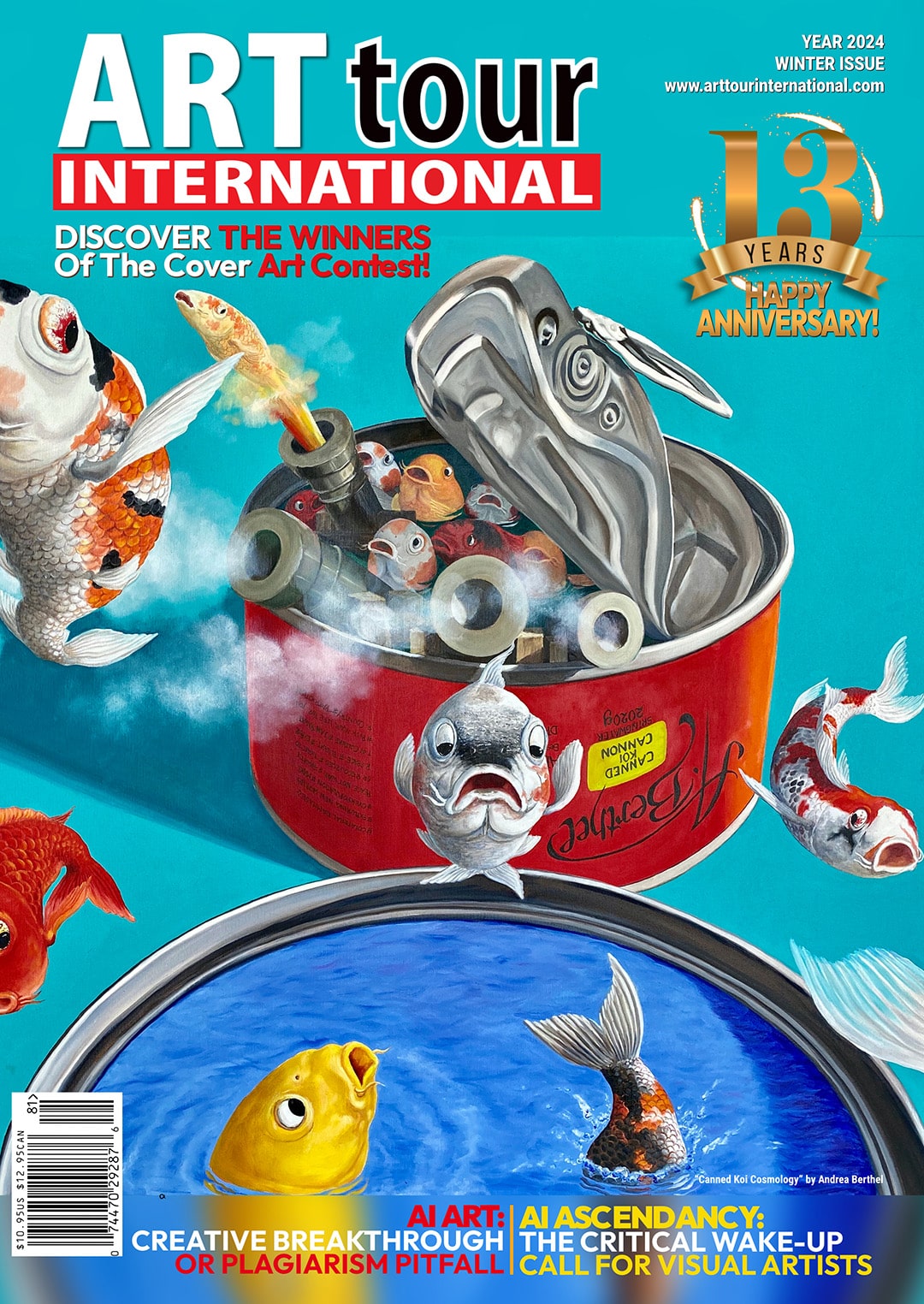
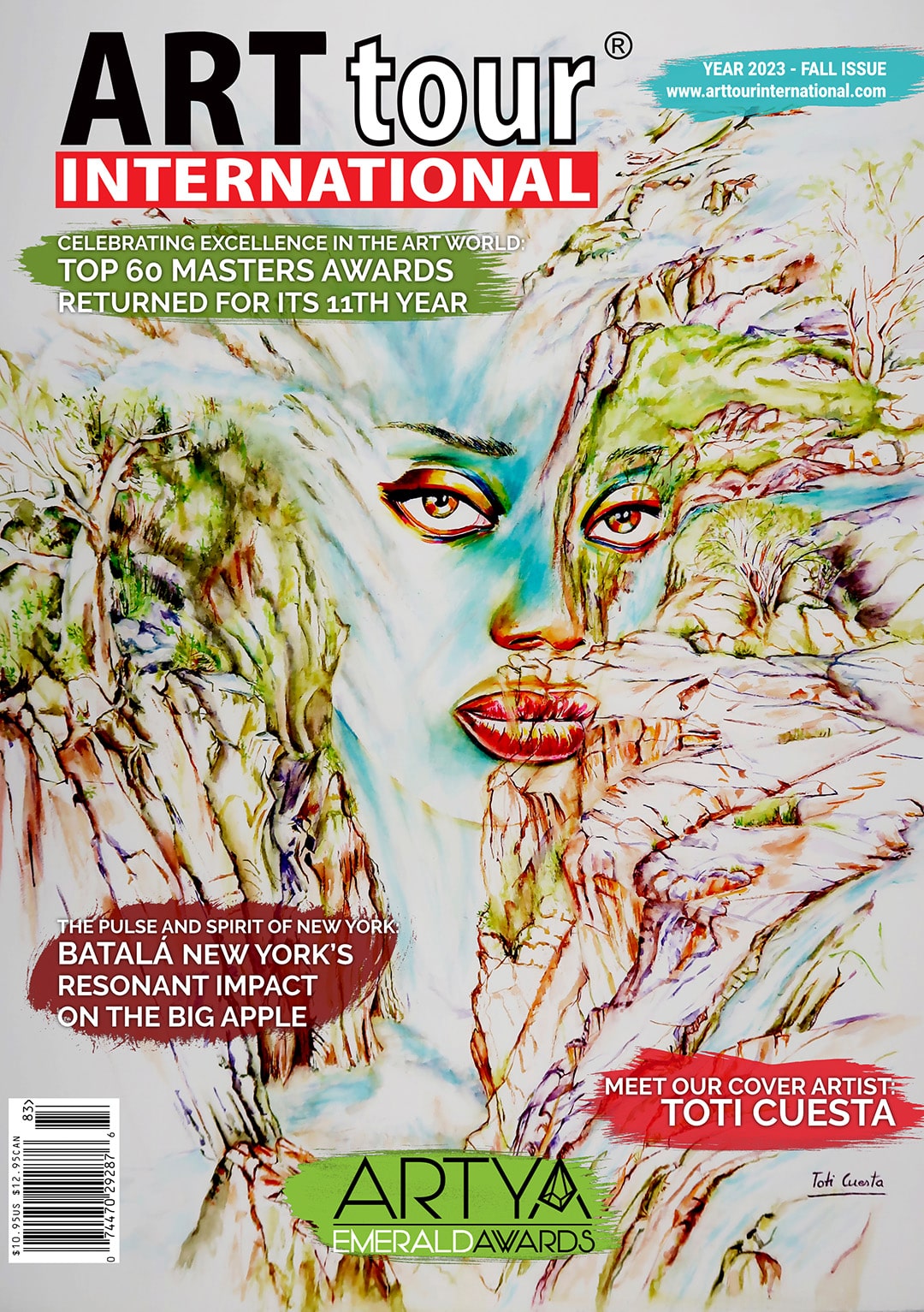





0 Comments